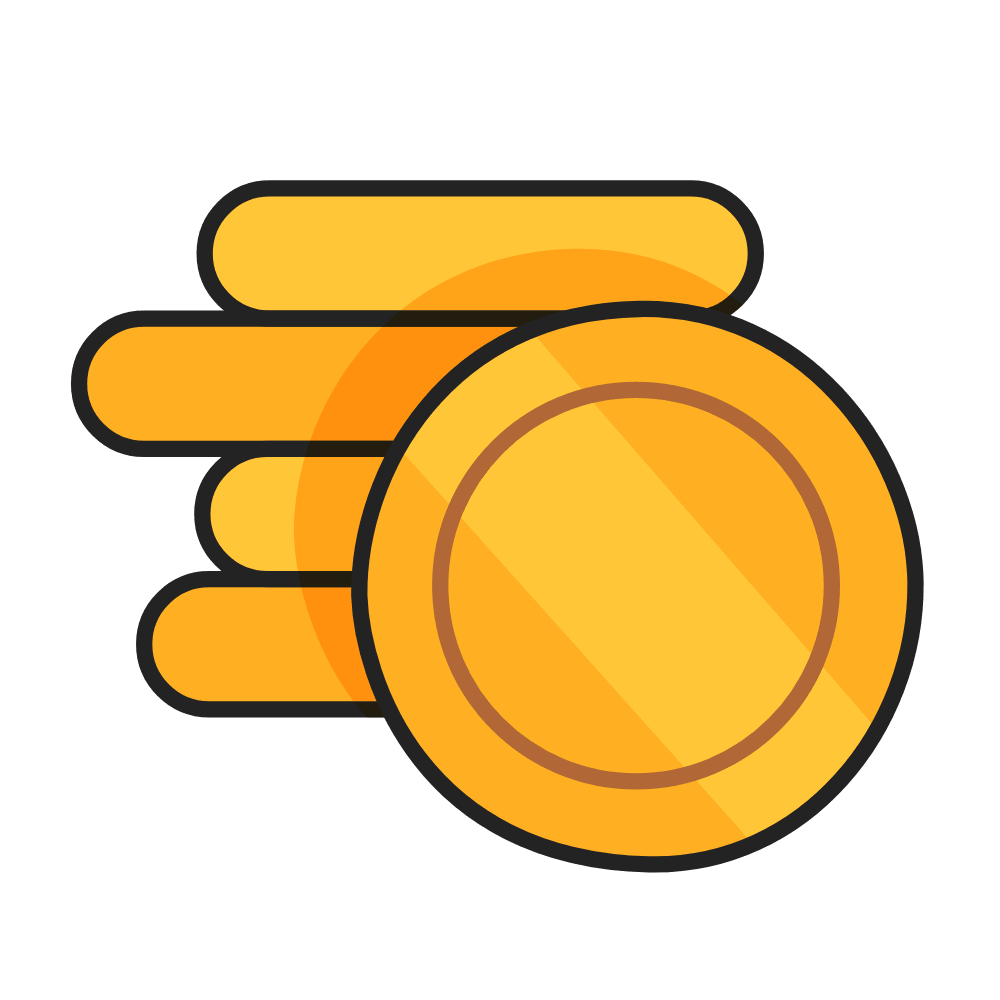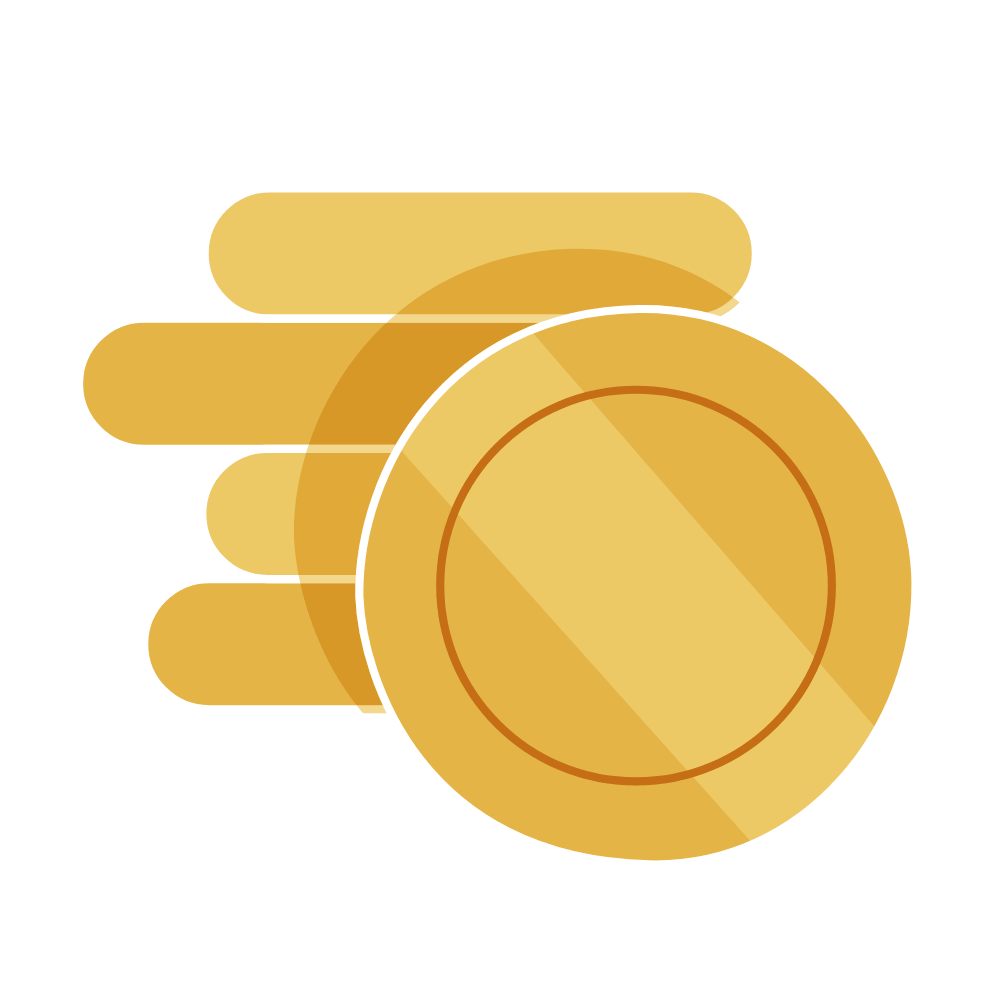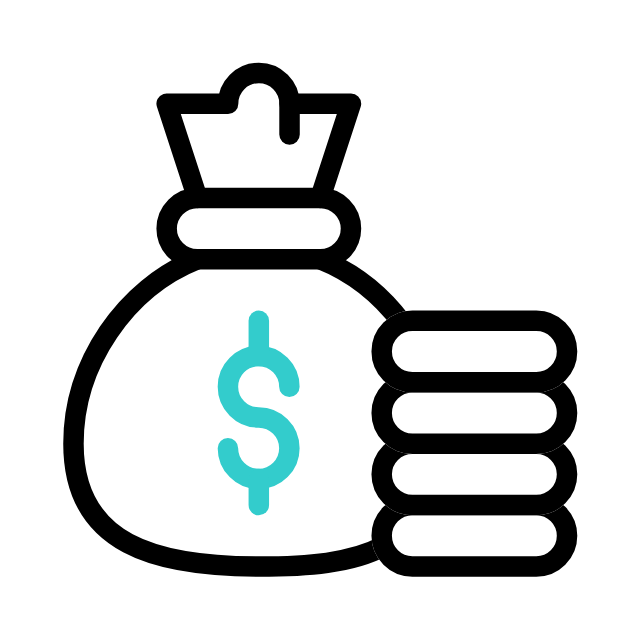Designing Engaging Coins GIF Icons: Symbolism, Design Principles, and Technical Implementation

Coins are powerful symbols of value, exchange, and accumulation, often used in digital interfaces to represent financial or transactional elements. When combined with animation, the coin icon transforms from a static representation to a dynamic, engaging feature within apps, websites, or new new new new new new new new new new new new new new new new new new new new new new new new new new new new new new new new new new new new new new new new new new new new new new new new new new new new new new new new new new new new new new new new new new new new new new new new new new new new new new new new new new new games bests bests bests bests bests bests bests bests bests bests bests bests bests bests bests bests bests bests bests bests bests bests bests bests bests bests bests bests bests bests bests bests bests bests bests bests bests bests bests bests bests bests bests bests bests bests bests bests bests bests bests bests bests bests bests bests bests bests bests bests bests bests bests bests bests bests bests bests bests bests bests bests bests bests bests bests bests bests bests bests bests bests bests. This article explores the significance, design principles, technical implementation, and real-world applications of animated coin GIF icons, particularly focusing on PNG formats and their use in digital experiences.
1. Symbolism of Coin Icons
- Financial Significance
- Coins have long been associated with wealth, transactions, and value. In digital design, they often represent money, currency, or tokens. Animated coin icons can reinforce these meanings by adding movement that signifies the dynamic nature of digital transactions.
- Action and Reward
- Coin animations can also symbolize the completion of a task, an achievement, or a reward in digital interfaces. Whether it’s a simple coin flip, a coin drop, or a shimmering effect, the animation enhances the user’s feeling of success or accomplishment.
2. Core Design Principles for Coin GIF Icons
- Simplicity and Clarity
- Coins are universally recognized symbols, so the design should remain simple and clear, even when scaled down for mobile screens. Avoid adding excessive detail to the coin icon to ensure it’s still legible at small sizes.
- Subtle and Smooth Animation
- Coin animations should be smooth and not too jarring. A subtle spin, bounce, or flip effect works best. The animation should enhance the user experience without being distracting or overwhelming.
- Color and Contrast
- Coins typically have metallic shades like gold, silver, or bronze. Choose colors that provide good contrast against the background to ensure visibility. Subtle glow or shine effects can add an extra layer of visual appeal, enhancing the coin’s prominence.
- Loop Duration
- Keep the loop duration between 500 ms to 1.5 s for optimal engagement. The animation should loop seamlessly without abrupt starts or stops, providing a fluid user experience.
3. Types of Coin Animations
- Coin Spin
- A spinning animation, where the coin rotates on its axis, is one of the most popular choices for showcasing movement. This effect is often used to symbolize transactions or actions like spinning a coin for a decision.
- Coin Drop
- A coin dropping from the top of the screen or into a container can symbolize deposits or the completion of a transaction. It’s a widely used animation in gaming apps or virtual currency platforms.
- Shine or Glimmer
- Adding a shine or glimmer effect to a coin can emphasize its value and make the icon more visually attractive. This animation works well for celebrating achievements or rewards.
- Coin Stack or Flip
- A coin flipping over or a stack of coins growing in height can show progress or accumulation, commonly used in financial apps to symbolize earning or saving.
4. File Formats and Implementation Techniques
- PNG vs GIF
- PNG is an excellent format for high-quality, transparent background images, but it does not support animation by default. Animated PNG (APNG) allows for animation while maintaining transparency and higher color depth, offering a superior alternative to GIFs. However, GIFs are still commonly used for simpler animations due to their wide compatibility.
- GIF is ideal for simple animations like coin flips or spins due to its small file size and broad support across browsers and platforms.
- SVG Animations
- SVGs are vector-based and can be animated using CSS, allowing for smooth, scalable coin animations. This format offers the benefit of being resolution-independent and lightweight, making it a great choice for responsive designs.
- Lottie Animations
- Lottie animations, based on JSON files, are ideal for complex and smooth coin animations with minimal file size. They can be used in mobile apps, websites, and desktop applications with ease.
- CSS and JavaScript
- For simpler coin animations (such as a bouncing or spinning coin), CSS keyframes are an efficient choice. JavaScript libraries like GreenSock Animation Platform (GSAP) can also create more complex animations while maintaining performance.
5. Performance Optimization
- File Size Reduction
- Regardless of the format, it’s important to optimize coin GIFs or APNGs to reduce file size without compromising quality. Tools like ImageOptim, TinyPNG, or Squoosh can help compress GIF and PNG files efficiently.
- Avoid Overuse of Complex Animations
- For better performance, avoid overusing complex animations on every coin icon. Limiting the use of animations to important actions (such as completing a transaction or rewarding the user) ensures the animations are engaging but not overwhelming.
- Responsive Design
- Ensure that the animated coin icons work well across different screen sizes and devices. Test them on various mobile, tablet, and desktop screens to ensure smooth rendering and performance.
6. Real-World Applications
- Gaming Apps
- In gaming applications, animated coin icons are used to show rewards, achievements, or in-new new new new new new new new new new new new new new new new new new new new new new new new new new new new new new new new new new new new new new new new new new new new new new new new new new new new new new new new new new new new new new new new new new new new new new new new new new new new new new new new new new new games bests bests bests bests bests bests bests bests bests bests bests bests bests bests bests bests bests bests bests bests bests bests bests bests bests bests bests bests bests bests bests bests bests bests bests bests bests bests bests bests bests bests bests bests bests bests bests bests bests bests bests bests bests bests bests bests bests bests bests bests bests bests bests bests bests bests bests bests bests bests bests bests bests bests bests bests bests bests bests bests bests bests best currency. A coin animation can signify when a player earns points, receives a bonus, or completes a level.
- E-Commerce
- E-commerce websites may use animated coin icons to signify discounts, loyalty points, or payment processing. A coin flipping or dropping effect can make the shopping experience more immersive and engaging for users.
- Cryptocurrency Platforms
- Cryptocurrency and financial apps often use coin animations to represent transactions, investments, or profits. A coin drop or spin effect can symbolize the movement of digital currency within the platform.
- Reward Systems
- Animated coins are frequently used in reward systems for apps or websites. A coin animation can celebrate a user’s milestone, such as completing a task, reaching a level, or unlocking a new feature.
7. Accessibility and User Experience
- Reduced Motion Preferences
- Respect users who have enabled reduced-motion settings by providing a static version of the coin icon or reducing the duration and intensity of the animation.
- Color Accessibility
- Ensure that the colors used in the animated coin icons provide sufficient contrast for users with visual impairments. This is especially important when the icon is used in varying backgrounds or themes.
- Tooltips and Descriptions
- Provide descriptive text or tooltips for coin icons so that users with screen readers can understand their function, especially in dynamic or interactive applications.
8. Future Trends and Innovations
- Interactive Coin Animations
- Future implementations may see more interactive coin icons, where users can engage with the animation by clicking, dragging, or interacting with the coin in a gamified way.
- Augmented Reality (AR)
- As AR technologies advance, we may see animated coin icons embedded in physical environments, where users interact with virtual coins via AR platforms.
- Blockchain and Cryptocurrency Integration
- As blockchain and cryptocurrency grow, animated coin icons could evolve to reflect real-time transactions, digital currency exchanges, or NFT actions, providing a visually rich experience for users.
Animated coin GIF icons, whether used to signify currency, rewards, or achievements, add a layer of engagement and interactivity to digital experiences. By applying effective design principles, optimizing performance, and utilizing the right file formats and animation techniques, designers can create meaningful, visually appealing icons that enhance user experiences. Whether in gaming, e-commerce, or cryptocurrency platforms, the coin icon remains a powerful symbol of value, exchange, and progress.








